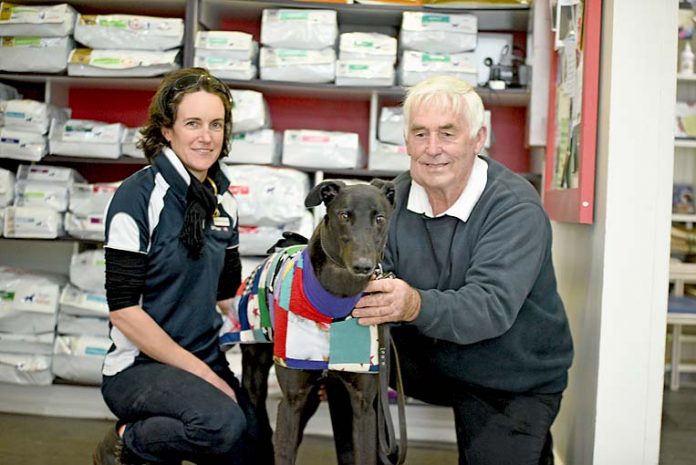

THE South East environment department’s use of deadly fox baits has come under scrutiny following a family pet dying after ingesting the poison on a local beach.
Following the incident, Grant District Mayor Richard Sage has flagged whether the department could box baits with an antidote in high frequented areas.
“In areas where there is more traffic to people and dogs, there may be an opportunity for the department to use these baits,” Mr Sage said.
“Land-use has changed, houses have moved out to other areas and people are using beaches to walk their dogs day or night.”
He said the department was baiting areas that were under its control along the coast’s national parks to reduce the fox population.
But Mr Sage – who raised the issue in a council meeting – said foxes and other animals were known to pick up the baits and bury them in other areas, including along popular recreational beaches.
“That is when dogs that come along could potentially ingest them,” he said.
But he said there was new baits on the market that had an antidote, but were also more expensive than 1080 baits.
Natural Resources South East district manager Ross Anderson said the department was “concerned” to hear about the incident.
He said the department encouraged people to report any of these incidents.
“We also urge dog owners to abide by regulations which exclude dogs from most national parks and obey signage regarding the use of 1080,” Mr Anderson said.
He said foxes were the single most destructive introduced predator of native wildlife in Australia
“Foxes have resulted in the extinction of numerous species of native wildlife in Australia and are also a significant predator of livestock, in particular lambs,” Mr Anderson said.
He said Natural Resources South East supported landholders to manage the impacts of foxes and undertake programs to minimise impacts on native wildlife.
Fox baiting occurs under strict controls, including notification, placement, bait density as well as exclusion areas around houses and high visitation area.
Mr Anderson said the coastal fox baiting program sought to protect the nationally vulnerable hooded plover, mallee fowl and other significant species in the region.
He said the 1080 fox bait was a naturally occurring compound found in more than 30 Australian native plants and had a reasonably short shelf-life.
“It does not accumulate or leave permanent residues in soil, plants, water or animals.”
He said alternatives to 1080 existed including PAPP, but this was known to affect some native animals, particularly goannas, if ingested.
“While an antidote for PAPP is available, it is understood that most veterinary surgeons do not carry it, as it has a very short shelf life and it is not considered viable to have the antidote in stock.”
He said baits containing either PAPP or 1080 were both expected to be available into the future.
Mount Gambier veterinarian Dr Rebel Skirving – from Gambier Vets – urged pet owners to seek urgent veterinary care if they suspected a fox bait had been ingested.
She said the clinic “occasionally” treated dogs that had ingested fox bait.
“Unfortunately, most of the time they are dead before they arrive,” Dr Skirving said.
She urged dog owners to be vigilant when taking their pets for walk, keep them on a lead and watch for fox baiting signs.
Dr Skirving said a muzzle could also be helpful, but it was not a guarantee.







